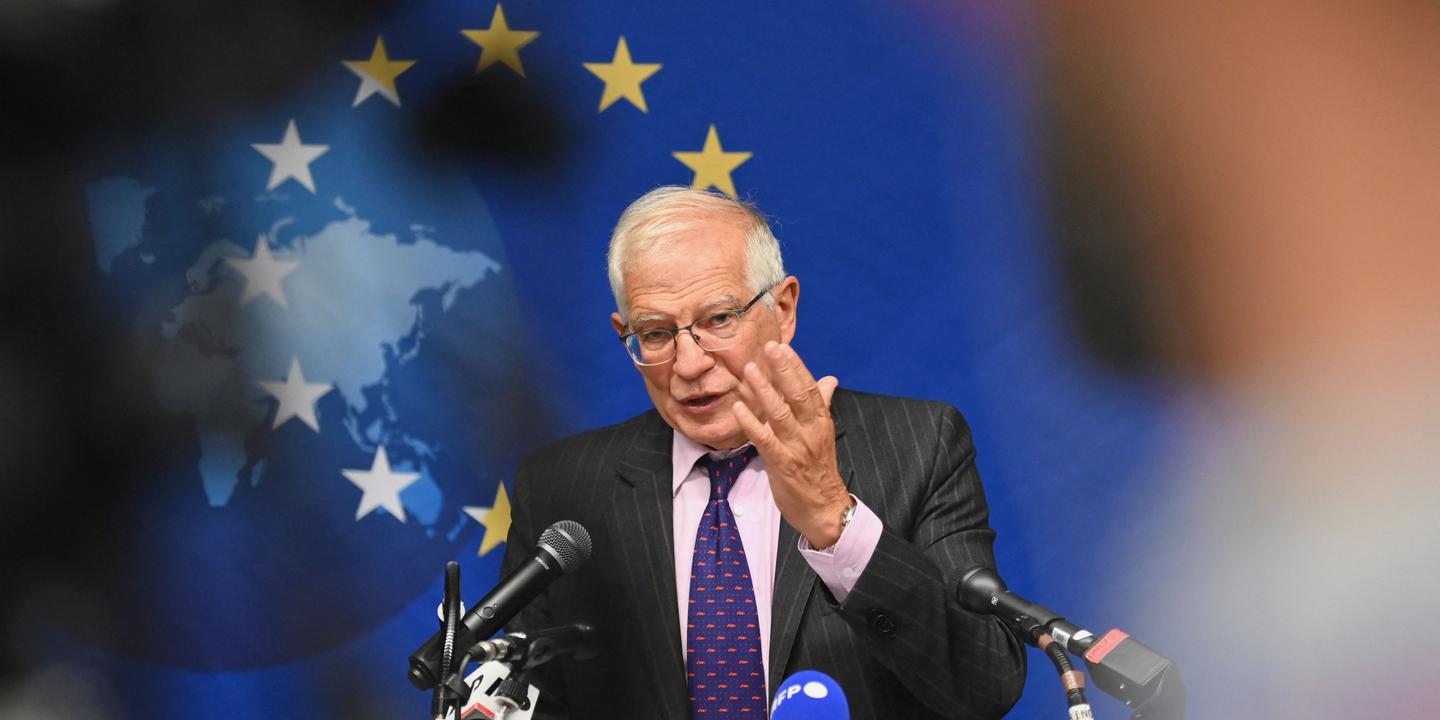With clean shaven cheeks and a smile on the edge of his lips, Faiz Hameed looks particularly relaxed when he enters the presidential palace in Kabul on September 4, 2021. The director general of Inter-Service Intelligence (ISI), the Pakistani intelligence services, has an appointment with Mullah Baradar, then head of the Taliban (he has since been under house arrest).
“Don’t worry, everything will be fine”, even launches the high-ranking Pakistani to a journalist who tries to interview him. The head of the ISI has reason to rejoice: the return to power of the Taliban is a victory for Islamabad. The culmination of a 40-year strategy of a state obsessed with its own survival.
To understand, we must go back to the birth, in blood, of the country during the partition of the British Raj between India and Pakistan. Ten million Muslims then joined Pakistan, which was born on August 14, 1947. About one million people perished in the first “ethnic cleansing” operation in recent history.
The new state is made up of two parts: East Pakistan, made up of the Muslim-majority areas of Bengal, which will become Bangladesh in 1971 after a war of independence. And West Pakistan, which brings together the predominantly Muslim areas of Punjab, Sindh, Khyber Pakhtunkhwa and Balochistan.
To counter
–


